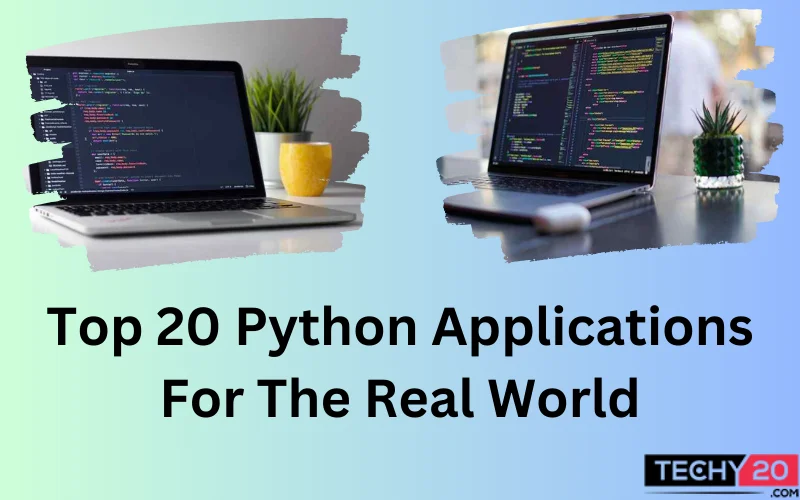Python has gained popularity due to its straightforward syntax and code readability. It is now widely used across industries and domains as one of the most popular programming languages. In this article, we will delve into the applications of Python, exploring 20 notable examples from different perspectives and including reliable statistics.
1. Artificial Intelligence
Python library, offers an approach to constructing neural networks. It presents a user API for designing and training learning models, making it accessible to individuals of all skill levels.
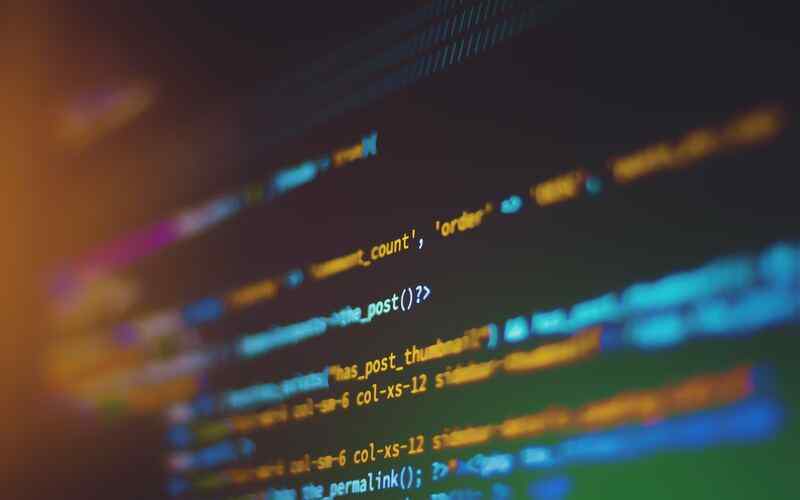
2. Web Development (Django And Flask)
Python frameworks, like Django and Flask, are extensively employed in web development. Django, a high-level web framework built with Python, powers renowned websites like Instagram and Pinterest. On the other hand, Flask is a scalable framework that has gained popularity among startups and small businesses.
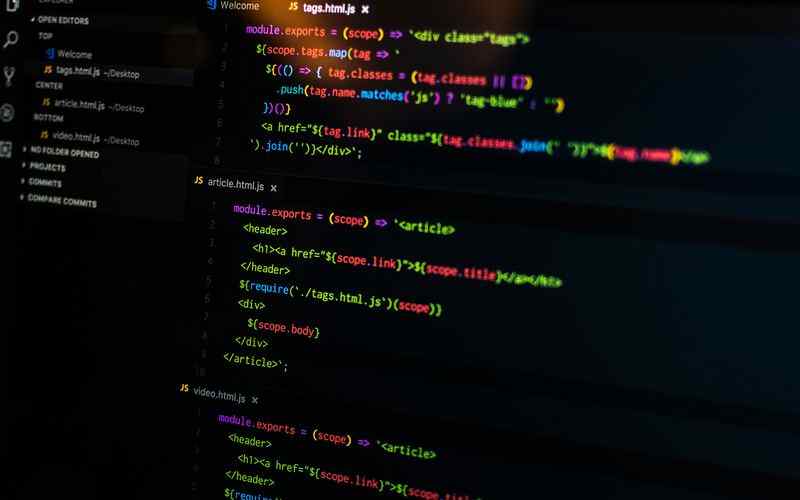
3. Data Analysis (Pandas And Numpy)
Python’s robust data analysis libraries, such as Pandas and Numpy, play a role in data science. Pandas provides data manipulation and analysis, while Numpy operations and arrays. Together, they form the foundation for data analysis using Python.
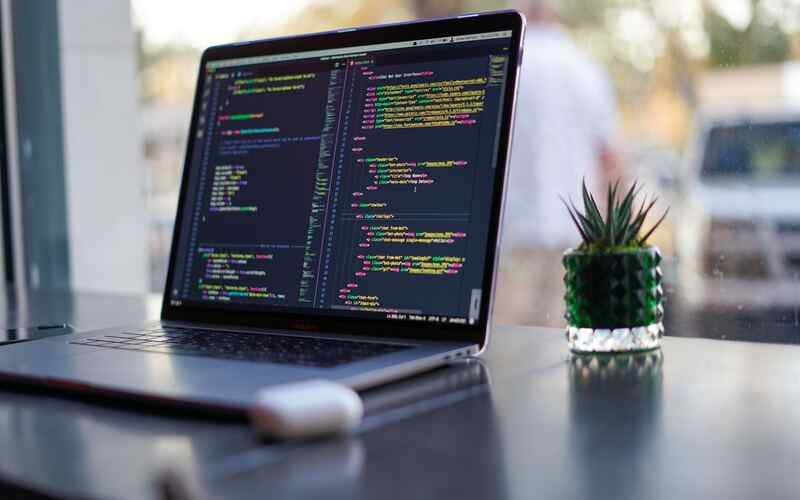
4. Machine Learning (Scikit Learn And TensorFlow)
Python is considered a language for implementing machine learning algorithms. Scikit Learn stands out as a used library that offers algorithms and tools for machine learning applications. TensorFlow, a machine learning framework created by Google, has become increasingly popular.
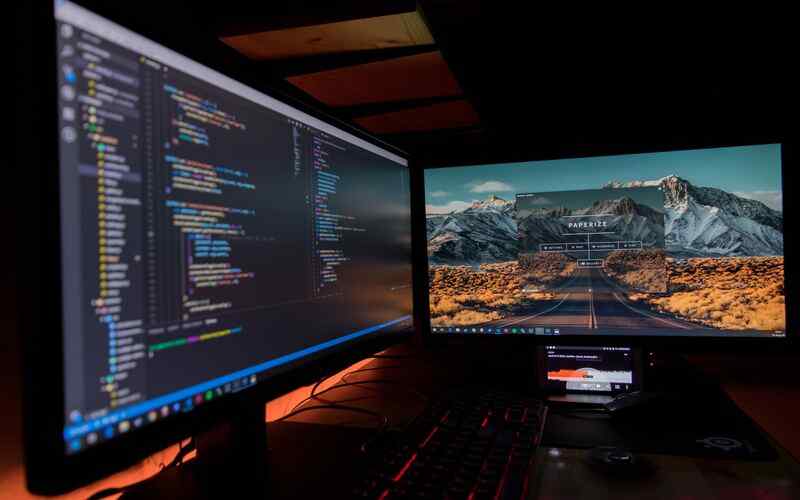
5. Selenium, For Automation
Python’s Selenium library functionality allows users to interact with web pages, fill out forms, and carry out automated processes, a valuable tool in domains such as testing and data extraction.
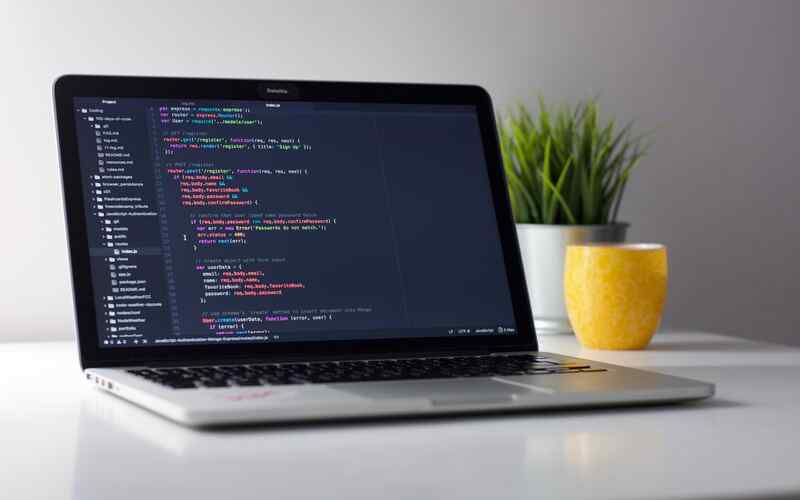
6. Python In Internet Of Things (IoT) Projects
Libraries like Raspberry Pi and MicroPython provide the resources for developing solutions. Python’s integration capabilities make it an ideal language for connecting and controlling IoT devices.
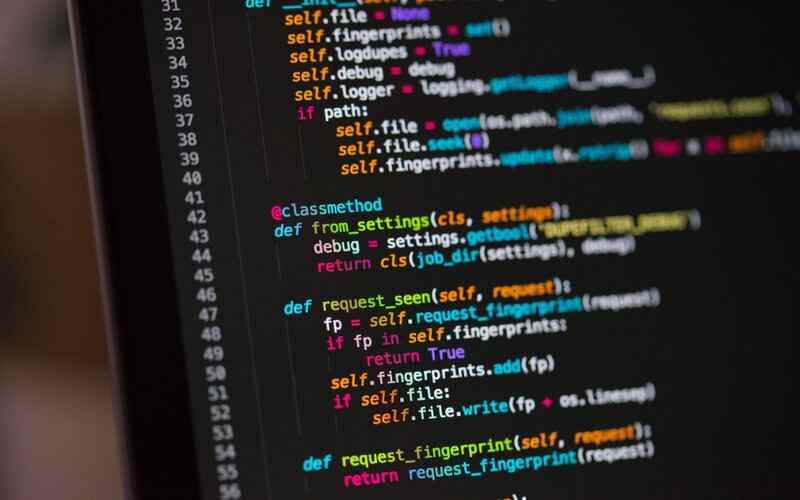
7. Development Of Desktop GUI Applications
Python offers libraries, including Tkinter and PyQt, that facilitate the creation of user interfaces (GUIs). These libraries empower developers to build platform-based desktop applications with ease.
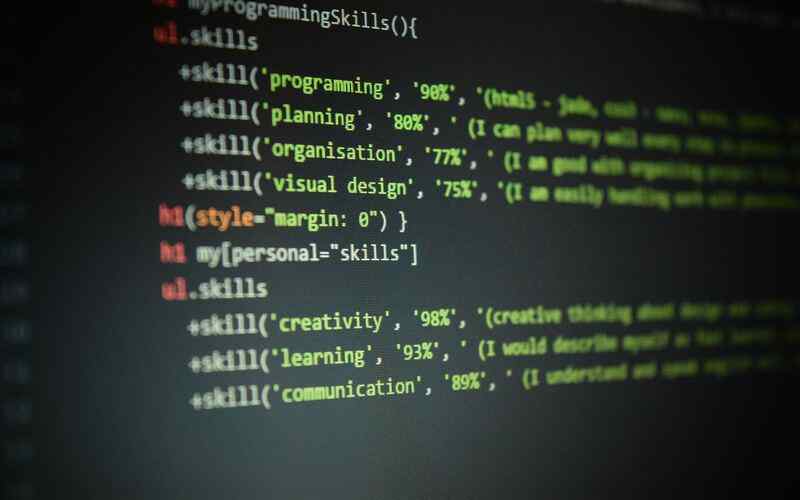
8. Pygame For Game Development
Pygame, a library built by Python, simplifies the game development process. It provides a range of features, such as graphics rendering, sound management, and user input handling, catering to hobbyist developers and industry professionals.
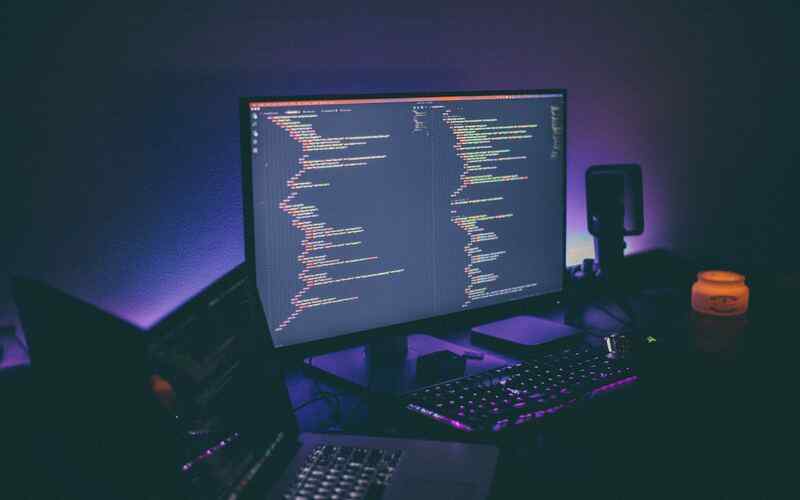
9. Web Scraping
Python’s Beautiful Soup library is effective in web scraping tasks. It enables developers to extract information from HTML and XML documents seamlessly.
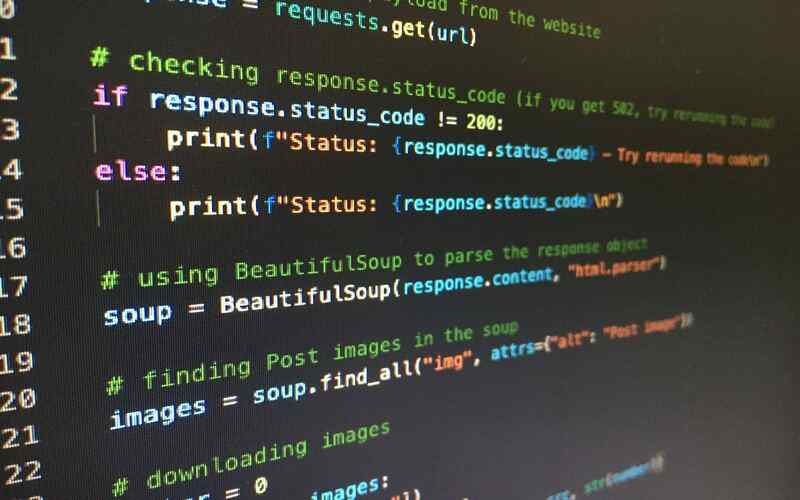
10. Language Processing
Harnessing Natural Language Processing (NLTK) PowerNLTK, which stands for Natural Language Toolkit, is a library for analyzing text and processing language. It offers a range of tools, such as tokenization, stemming, tagging, and syntactic analysis.
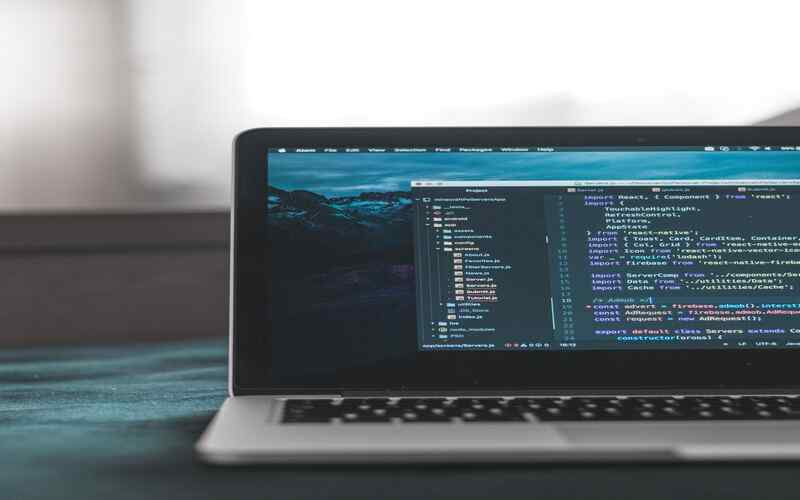
11. Robotics
Python is used in robotics because it integrates with devices like the Raspberry Pi and Arduino. The availability of libraries like Pyserial and Picamera further enhances its capabilities by facilitating communication with robots and sensors, enabling the development of solutions in robotics.

12. Data Visualization
Python’s Matplotlib library stands out as a choice. It offers a range of plots and charts that allow for interactive analysis and presentation of data.

13. Geographic Information System
Combining Python with libraries like Geopandas and Shapely empowers it to be a tool in Geographic Information System (GIS) applications. This combination enables data analysis, mapping, and visualization.

14. Network Programming
Due to its versatility, Python is a language for network programming and security. Libraries such as Paramiko and Nmap are resources in Folium that support tasks like network automation, SSH connection management, and security analysis.

15. Cybersecurity
Python is a fantastic choice for cybersecurity professions like penetration testing. It is possible to perform network scanning operations, test application security, and analyze vulnerabilities using tools like Scapy, Metasploit, and OWASP ZAP.

16. Trading
Python, with libraries such as Pandas and NumPy, is widely utilized in analysis and algorithmic trading. It allows for the examination of data, the creation of trading strategies, and the execution of trading algorithms.

17. Image And Video Processing
A platform for processing photos and videos is provided by the Python OpenCV library, together with other libraries like Pillow and MoviePy. It empowers tasks like manipulating images, detecting objects, and editing videos.

18. Scientific Computing (SciPy)
Python, when combined with SciPy, provides a platform for computation. The SciPy library includes modules for optimization, linear algebra, signal processing, image manipulation, and various other functionalities.

19. Augmented Reality And Virtual Reality
Applications for augmented reality (AR) and virtual reality (VR) using Python. The creation of experiences in the fields of AR and VR is made possible by libraries like Pygame and Open3D.

20. Education
Python’s simplicity and readability make it an excellent choice for purposes such as e-learning platforms. It has applications in teaching programming fundamentals and computer science concepts to beginners.


